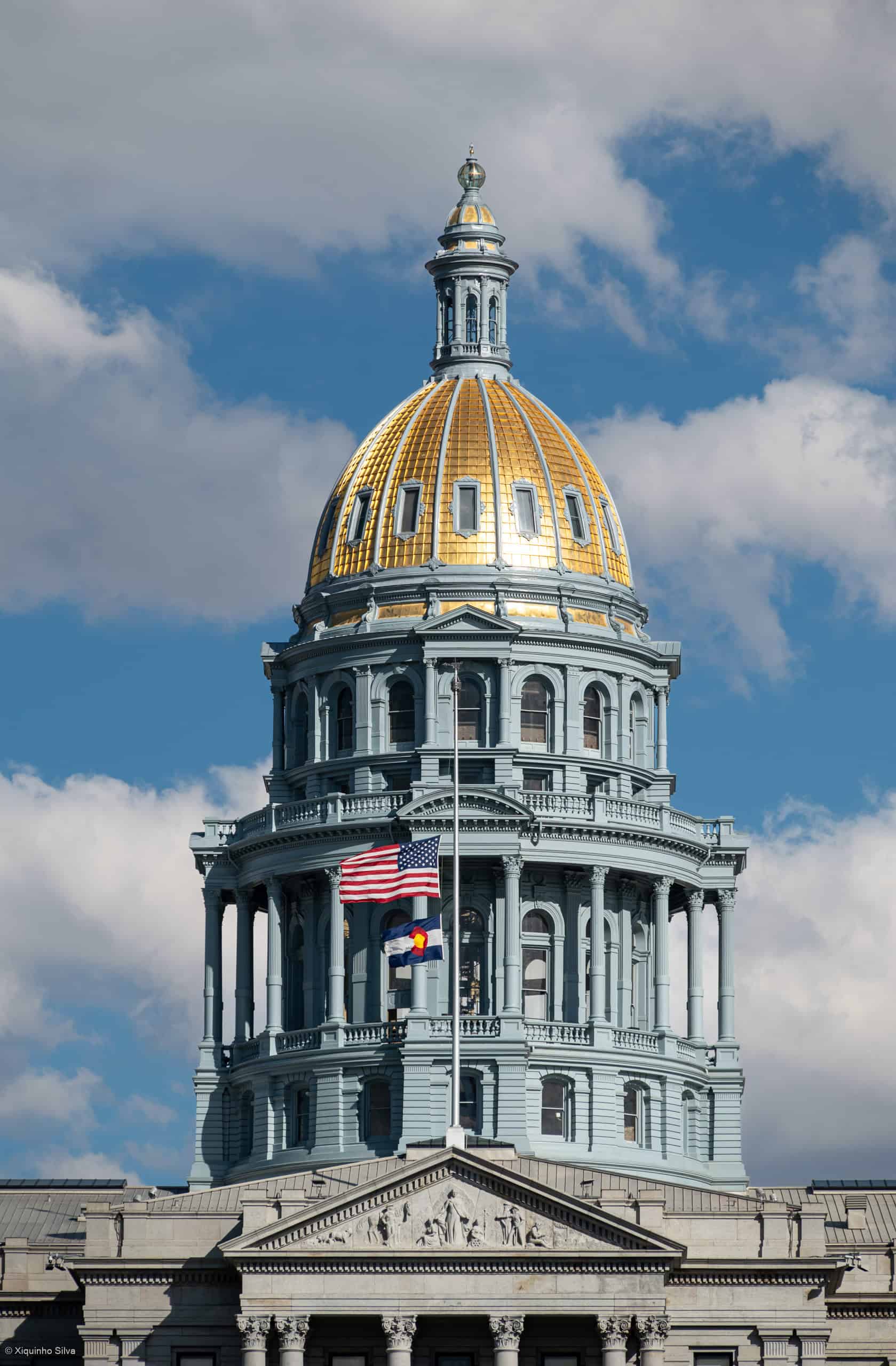Sesquicentennial. What is it and what is planned?
As Colorado’s sesquicentennial nears in 2026, members of the state’s Capitol Building Advisory Committee are considering measures to spruce up the capitol and better share the state’s history.
U.S. President Ulysses S. Grant officially admitted Colorado to the United States on Aug. 1, 1876, becoming known as the “Centennial State”. John Long Routt became the first elected governor following statehood on Nov. 3, 1876, after briefly being appointed the eighth — and last — territorial governor.
“We’re coming up on a once in a generation opportunity,” said Amanda Clapham, who directs education and curation in visitor services at the capitol.
In a discussion Thursday with the Capitol Building Advisory Committee, she noted plans to remeasure the mile-high marker with the Colorado School of Mines, commissioning a Lego display of the House and Senate, and a Colorado Constitution display all planned for 2026, the 150th anniversary of statehood. But, she also asked the committee for support in a shifting of approach to displays at the capitol.
“We have a piece of art, we hang a piece of art and it stays there,” Clapham said. “We want a shift in thinking from static to dynamic [displays]. We would like to more look at these as spaces that could rotate the art, almost as gallery spaces. This would give us a more thoughtful way to use our space.”
The various displays she presently manages is a variety of military memorabilia, paintings, busts, an incomplete display of governors’ portraits, a display of U.S. Presidents’ portraits and rotating displays.
Coloradans could notice a transformation in 2026 to lessen the presence of U.S. Presidents on display during the state’s sesquicentennial.
“It doesn’t make sense that we’re the only state with so much real estate designated to the federal government,” Denver Sen. Matt Ball said. “I would like a building where the kids come here to learn about Colorado.”
The Democrat suggested maybe a display of only the sitting U.S. President: in 2026, Republican Donald Trump.
Added Clapham: “They [visitors] recognize the presidents. I’d like to further educate them about Colorado.”
The beginning of the sesquicentennial celebration is a few months away, Committee Chairwoman Lois Court said, with the anniversary of statehood less than 11 months in the future. She suggested the governor portraits could be swapped out for the presidents.
“But, we don’t have all the governor portraits,” she said, with the committee debating if there might be means to locate portraits to complete the collection. Some of the painted portraits can take up to four years to complete.
The idea to increase the presence of past governors in the capitol during sesquicentennial garnered broad support among the committee.
“We are the Colorado capitol,” said Dawn DiPrince, the president and CEO of History Colorado and the state’s historic preservation officer.
Added Clapham: “I think an exhibition that looks at the legislature would be appropriate.”
She also mentioned the various military memorabilia which can be located throughout the building and attempting to organize it into one display, which could include a pictorial glance at veterans presently serving in the General Assembly.
In consideration of sesquicentennial and the concept to revise displays to a dynamic manner, the committee approved an expense of $11,000 to fund purchase and installation of hanging wall art systems.
“How much does it cost to hang a portrait?” Denver Rep. Sean Camacho asked.
“The real savings is in repair to the building from the absence of holes in the wall when you remove a portrait,” DiPrince said.
More detail on planning for Colorado’s sesquicentennial is available at History Colorado.
Photo credit: xiquinhosilva, CC BY 2.0, via Wikimedia Commons.

